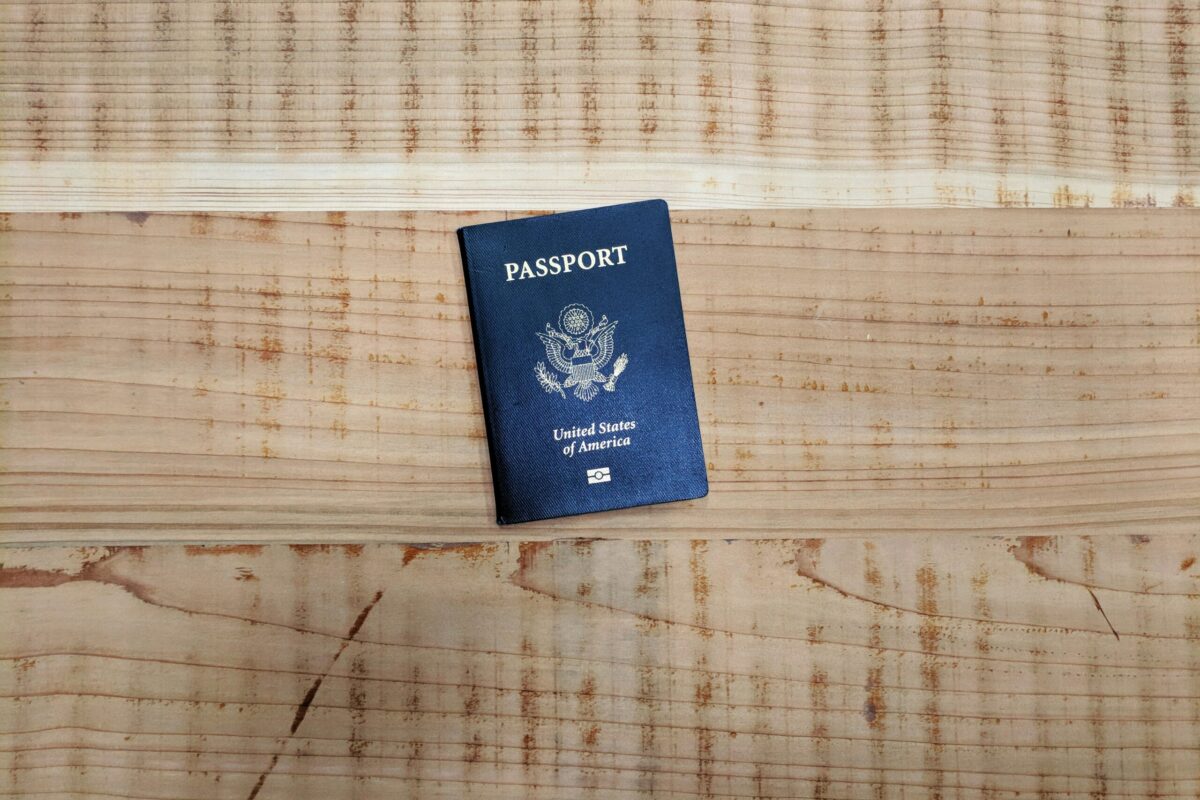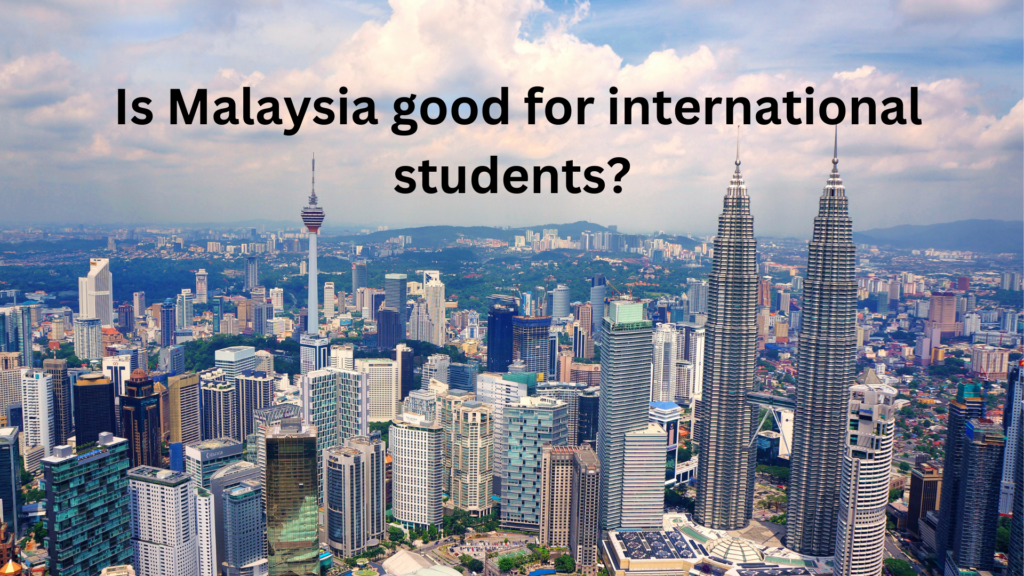Most people do not know about the different types of visa in US. The United States offers a variety of visas to meet different travel purposes, including business, tourism, education, employment, and cross-cultural exchange. Understanding the various visa classifications and accompanying alternatives may have a significant impact on a person’s US experience, especially after graduation.
List of Useful Information
ToggleTourist and Business Visas
- Business (B-1) and tourist (B-2) visas are used for short-term travel.
- The B-2 visa allows for travel, visiting friends and family, getting medical care, and other social activities, whereas the B-1 visa facilitates business operations including attending conferences, settling estates, or negotiating contracts.
- It is prohibited for these visa holders to work in the US.
Work Visas
For people seeking employment following graduation, there are numerous types of visa in US (work visa options) available:
- H-1B Visa: Workers in specialist industries requiring a bachelor’s degree or above are eligible for this visa. Prerequisites include USCIS (United States Citizenship and Immigration Services) clearance and sponsorship from a US company.
- H-2 Visas: These are the H-2A and H-2B visas for seasonal agricultural workers and skilled/unskilled workers, respectively. They must also be sponsored by a US employer and fulfill specific labor shortage conditions.
- L-1 Visa: For intra-company transfers inside multinational businesses, this visa allows managers, executives, or workers with specialized talents to work temporarily in the US.
- O, P, and Q Visas: These are meant for people who are enrolled in cultural exchange programs or who possess extraordinary talent in the arts, sciences, or athletics.
Student Visas
Graduates can apply for student visas to continue their training or study in the United States:
- The F-1 visa is for academic pursuits at accredited institutions or English language training programs requiring more than 18 hours of study per week.
- M-1 visas are for non-academic or vocational studies.
Most Bangladeshi come to the US with this visa. It is the preferred route as being a student here can teach you more about the opportunities.
Students with F-1 visas may be eligible for Optional Practical Training (OPT) after graduation, which allows them to work for a set period of time in their field of study. This period can last up to 12 months, but it can also go up to 24 months for STEM (Science, Technology, Engineering, and Mathematics) careers.
Exchange Visitor Visa (J Visa)
This visa facilitates programs that involve students, teachers, researchers, professors, and professional trainees.
- As a J1 visa holder, you have to go back to your home country and serve for almost three years. However, there are options to get J1 visa waiver. Due to this, most people prefer to opt in for F1 visa over J1.
Permanent Residence (PR)
If you want to know more about permanent residence options, check out this link.
Also, you can directly apply for PR from Bangladesh if you have a good research background or an experienced professional. You can reach out to an immigration lawyer and get your credentials checked. Please take suggestion from a legal expert even if it costs extra money, not dalals!
What to Do After Graduation in the US
- International students usually have to decide whether or not to stay in the United States after completing their degree. The following are crucial points to remember about different types of US visa options:
Optional Practical Training (OPT): Many fresh graduates prefer to apply for OPT because it allows them to gain real-world experience in their subject of study. During Off-Campus Training (OPT), students can work for a firm in their sector for up to 12 months (24 months for STEM degrees), allowing them to expand their professional network and skills. - Graduates can seek for an H-1B visa sponsorship from a US employer to continue working in the US after finishing their OPT. The H-1B visa allows for temporary labor in expert occupations with a minimum of a Bachelor’s degree or equivalent.
- Continuing Education: Some graduates pursue further education in the US, which may need a visa adjustment.
- Return Home: After finishing their studies and OPT, some graduates choose to apply their newly acquired expertise locally or pursue opportunities overseas.
- For long-term visits or permanent residency in the US, consider family sponsorship (spouse or direct relative petitions) or employer sponsorship (EB-1, EB-2, and EB-3 categories), each with its own criteria and processes.
In conclusion, the United States offers a number of visa options to meet a wide range of purposes, including tourism, job, education, and cultural contact. Whether one chooses to pursue opportunities for long-term residency in the United States, job experience through OPT, or further education, being aware of these options and making suitable planning can assist guarantee a smooth transition after graduation. The regulations and benefits of each visa type differ, altering the possibilities and experiences available to both graduates and foreign tourists.
As a supply chain professional, are you interested in MIT masters in supply chain management and learn from best of the best? Then, check out this article.



